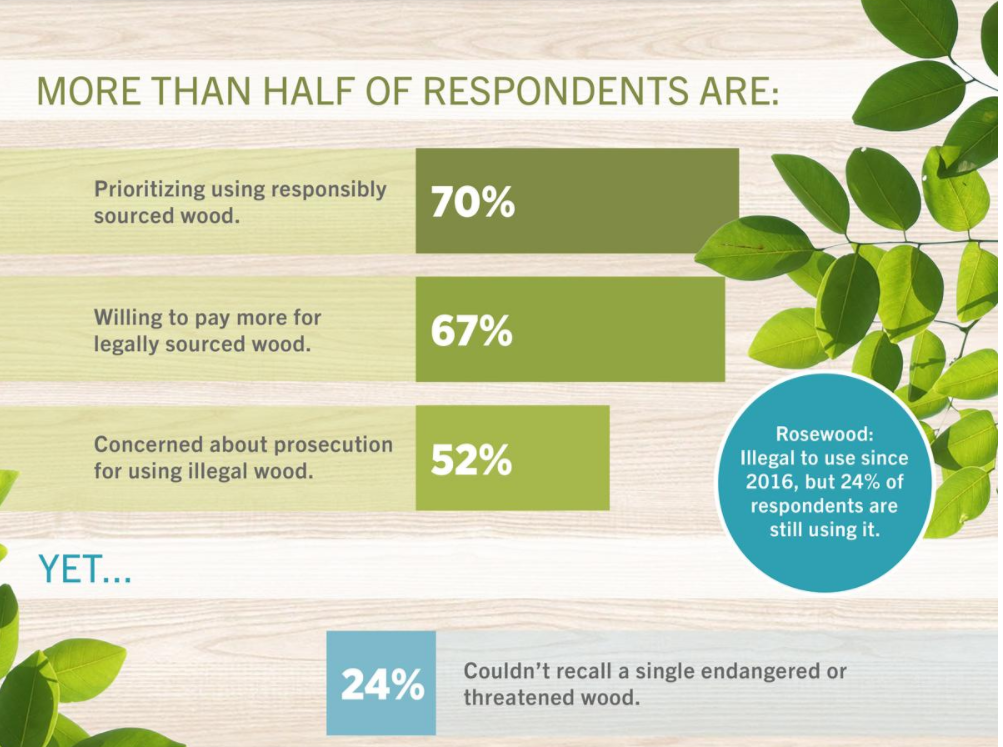Over the past decade, Corporate Social Responsibility (CSR) has evolved from being a specialized commitment of a few cutting-edge companies to being one of a company’s fundamental building blocks. We know from research conducted by organizations such as the Kenexa High Performance Institute in London, that companies that had a genuine commitment to CSR outperformed those that did not, with an average return on assets 19 times higher. The study also showed that companies oriented to CSR had a higher level of employee engagement and provided a better standard of customer service and consumer engagement.
CSR is so much more than just a popular business buzzword.Click To TweetCSR is so much more than just a popular business buzzword. It has become a consumer litmus test of a company’s commitment to the environment and to the citizens of the world. Today, many of the best CSR campaigns challenge stereotypes and work relentlessly to change damaging human behaviors. Here are two great examples of companies doing just that.
- Challenging Stereotypes – Always’ #LikeAGirl
Procter & Gamble Co.’s Always brand has a long legacy of supporting girls as they made the transition from puberty to young adult women. But it needed to refresh its relevance to the current generation of young women coming of age. Based on research that showed that over half of women experienced a decline in confidence at puberty, the company created “Like a Girl,” a video by Lauren Greenfield, Sundance Film Festival award-winner and creator of “The Queen of Versailles” to tackle the issue. The result was a powerful piece that takes issue with generations of playground taunts about people running, throwing or fighting “like a girl.” The video’s singular question, “When did doing something ‘like a girl’ become an insult?” works to topple the derogatory stereotype.
 The spot was recreated as a 60-second ad running during Super Bowl XLIX, and has won numerous awards including 6 Clios and a 2015 Emmy for Best TV Commercial. Even the UN acknowledged the power of #LikeAGirl. In March 2015 Always received an award for the impact it had on female empowerment around the world. As of October 2017, the video shows nearly 65,000,000 YouTube views and 261,000 likes.
The spot was recreated as a 60-second ad running during Super Bowl XLIX, and has won numerous awards including 6 Clios and a 2015 Emmy for Best TV Commercial. Even the UN acknowledged the power of #LikeAGirl. In March 2015 Always received an award for the impact it had on female empowerment around the world. As of October 2017, the video shows nearly 65,000,000 YouTube views and 261,000 likes.
I love what Always says on its website about this campaign: “Our original #LikeAGirl social experiment was the start of an epic battle. See how we changed the meaning of ‘like a girl’ from an insult to the ultimate compliment it really is!”
- Changing Human Behavior – Wilsonart’s Understanding Wood: Sourcing Against the Grain
Anyone who has tried to quit smoking, lose weight or commit to a sustained exercise routine knows how difficult changing human behavior can be. In fact, a 2008 study by IBM found that over 60 percent of change efforts fail to fully meet their objectives, and a 2013 Towers Watson study revealed only 25 percent are sustained over time. Despite the uphill battle, many outstanding CSR programs work to change harmful human behaviors to create a better future for all of us.
For more than 60 years, our client, Wilsonart, has been committed to sustainable business practices. As a world leader in manufacturing and distribution of beautiful engineered surfaces, such as laminate and quartz, the company supplies products to architects, designers and specifiers for use in the home, office, education, health care, residential, hospitality and retail markets. This year, the company significantly expanded its CSR initiatives beyond their commitment to sustainable business practices to tackle an issue confronting the design and build world.
For decades, architects and designers have specified wood to bring warmth and beauty to their work. Many of these professionals believed that since trees can be replanted, they’re a renewable resource. Unfortunately, our ecosystems are complicated, and this perception is incorrect. While trees are renewable, forests are not. Many of the vibrant, diverse tree species across the globe are considered endangered or threatened. Additionally, trees are being harvested from protected forests which also damages our ecosystem.
With the help of Padilla’s research firm, SMS Research Advisors, Wilsonart discovered in a national survey that 70 percent of architects and designers agreed that using responsibly sourced wood materials is a priority for them. The challenge: 99 percent of them could not correctly identify the majority of endangered woods from a list they were given. Furthermore, the survey revealed awareness that a wood is endangered does not always prevent usage. Up to 51 percent of endangered wood users are aware that the wood is endangered or threatened, but 40 percent of respondents said they would still specify an endangered wood if their client specifically requested it. To bridge this deep gap in awareness, knowledge and action in specifying products, Wilsonart recently launched Understanding Wood: Sourcing Against the Grain, an educational initiative for architects and designers. The program aims to educate architects and designers not only on how to identify endangered and threatened woods, but to equip them to find alternate materials that meet their aesthetic and functional needs.
To bridge this deep gap in awareness, knowledge and action in specifying products, Wilsonart recently launched Understanding Wood: Sourcing Against the Grain, an educational initiative for architects and designers. The program aims to educate architects and designers not only on how to identify endangered and threatened woods, but to equip them to find alternate materials that meet their aesthetic and functional needs.
One of the program’s key initiatives is the National Day of Learning, which took place October 18th at the Center for Architecture in New York City. Wilsonart sponsored a presentation by Grace Jeffers, an American writer, historian and educator who is known for her integrated approach to the study of materials. Over 1,000 architects and designers logged on to hear an hour-long session on Global Forestry and how the architect and designer community can make a difference by not specifying endangered woods or wood from protected forests. It is the first step in changing a highly engrained behavior; if a client wants an architect or designer to specify a specific material, they will.
I would love to hear from you about great CSR programs and the issues you care about.

